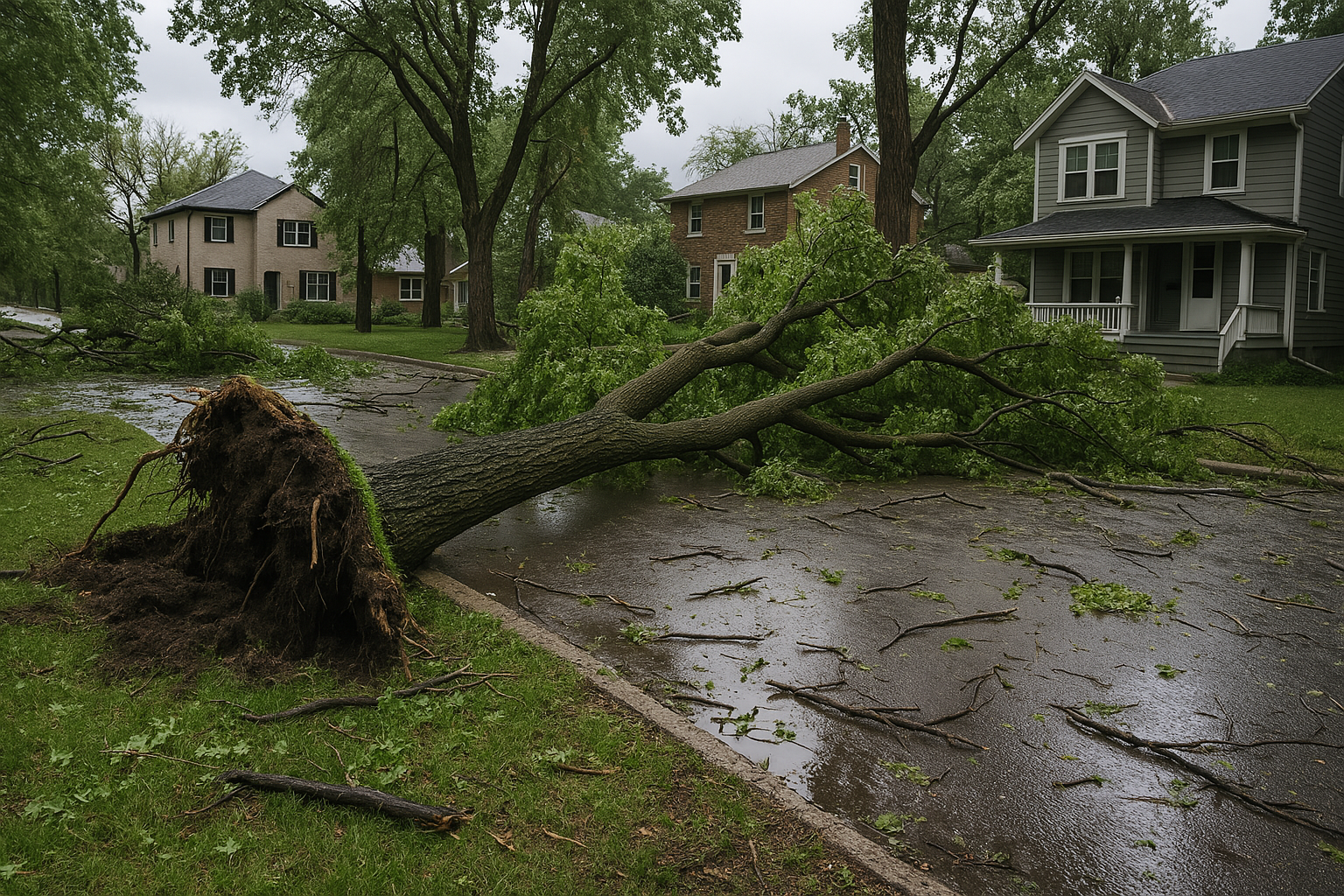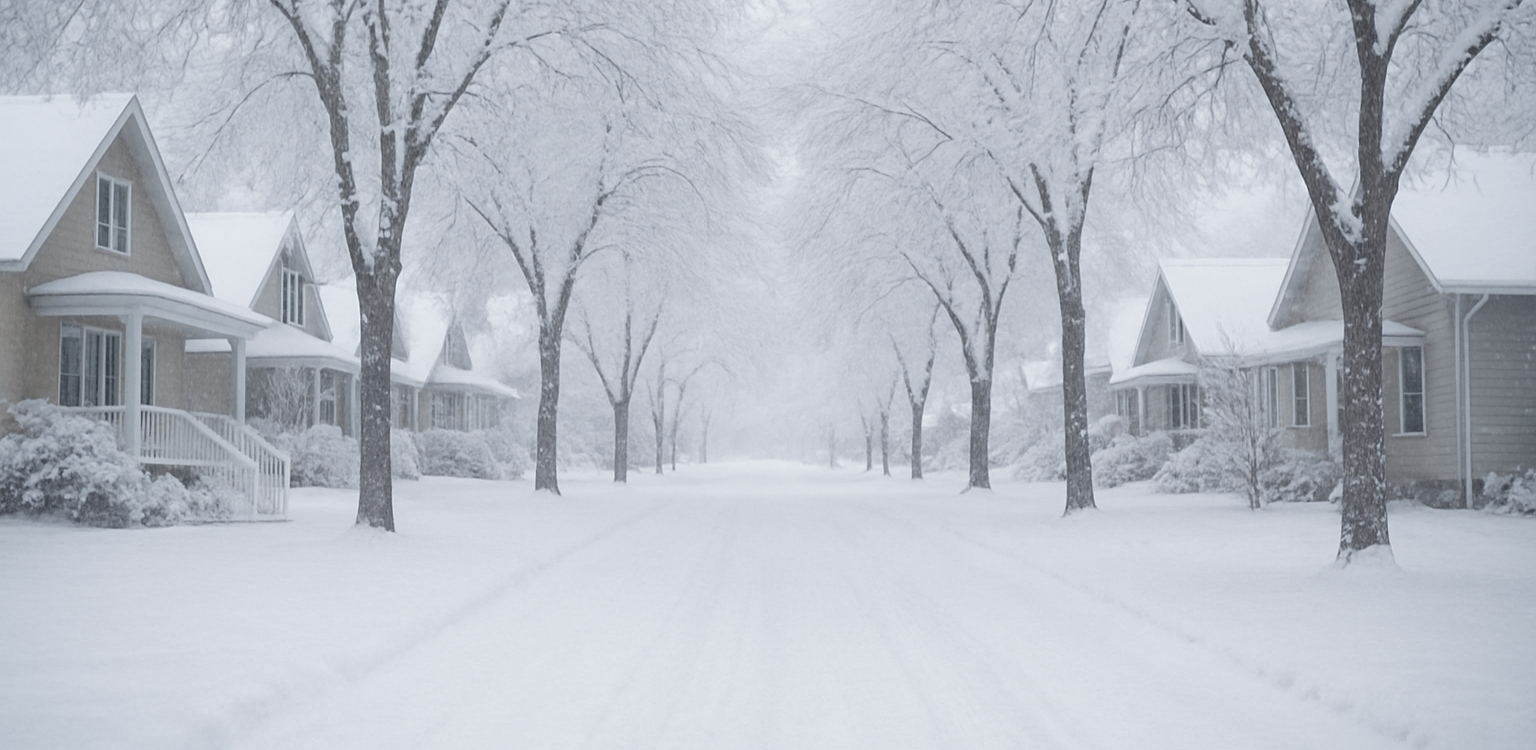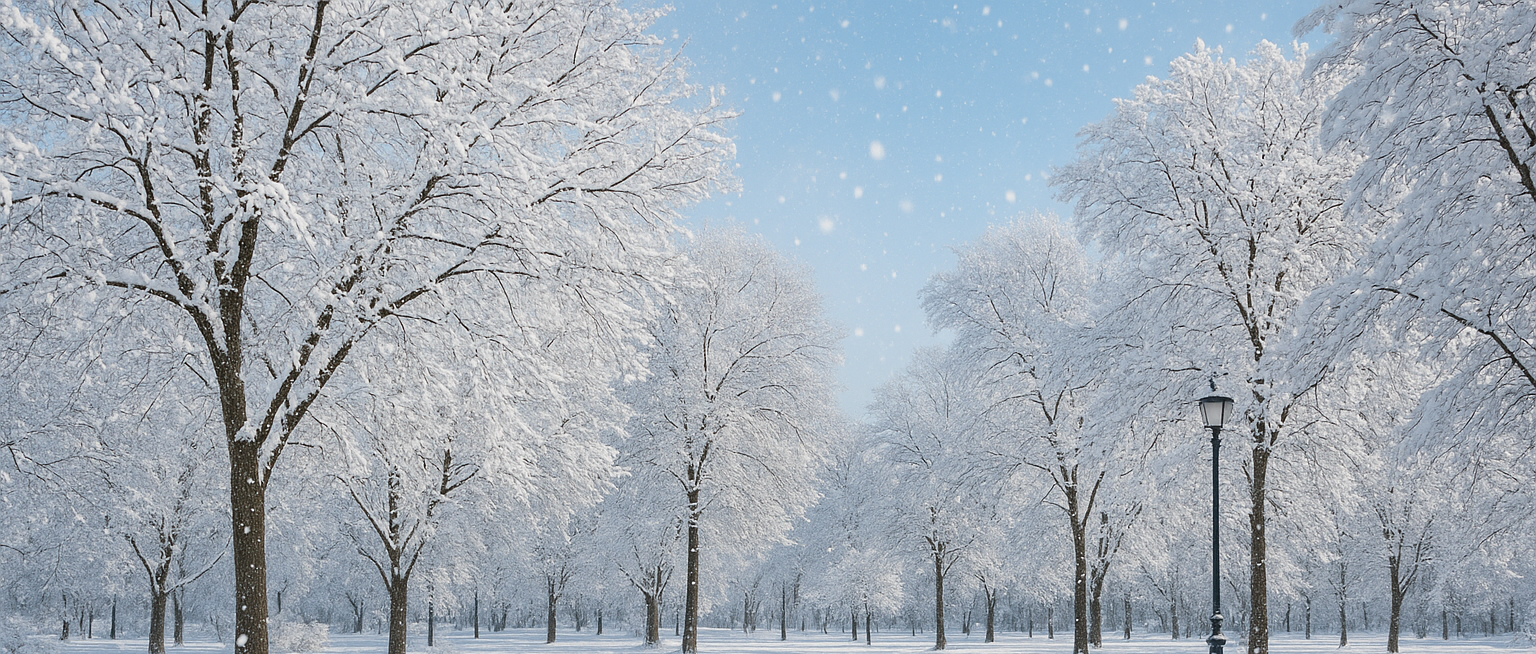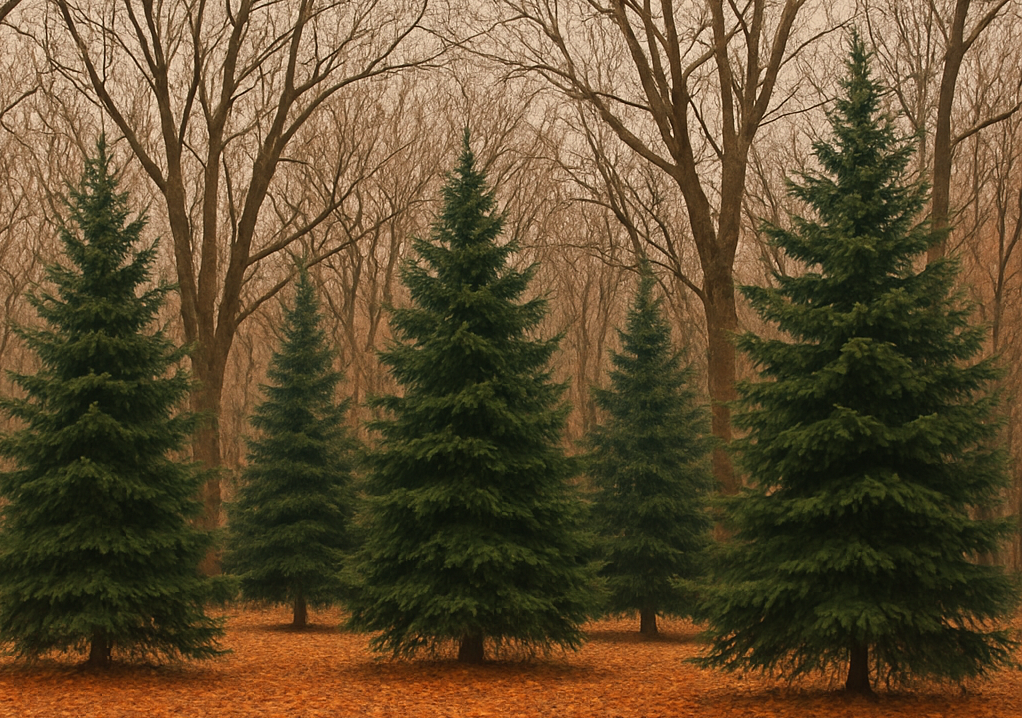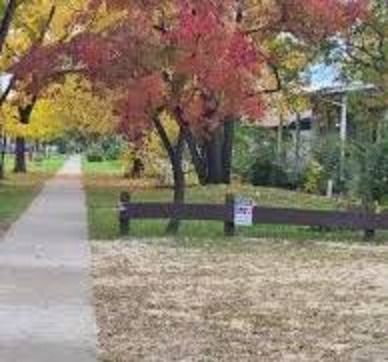How to Handle Storm-Damaged Trees: Restoring Safety and Beauty After Nature’s Wrath
Trevor Soltys & Paul Kasper
Storms can leave a trail of devastation in their wake, and among the most affected victims are trees. While these majestic giants often withstand the elements, strong winds, lightning, or heavy snow can weaken their structure or bring them down entirely. Knowing how to assess and care for storm-damaged trees not only helps protect property and lives, but also preserves your landscape for years to come.
🌪️ Step 1: Safety First, Always
Before approaching any damaged tree:
- Check for hazards like downed power lines, broken limbs hanging overhead, or uprooted trunks.
- If there's any risk to life or property, call local emergency services or a professional arborist immediately.
- Don't attempt to move large branches or climb unstable trees—many injuries occur after the storm, not during it.
🌳 Step 2: Assess the Damage
Every tree responds differently to stress. When inspecting the aftermath:
- Look for splits, cracks, or bark loss, especially near the trunk or major limbs.
- Bent or leaning trees might be salvageable, but only if the root system remains intact.
- Consider the tree's overall health and species—fast-growing species are often less resilient to structural damage.
A tree doesn’t need to be perfect to survive, but it must have a strong foundation and the ability to heal.
✂️ Step 3: Prune with Purpose
Prompt pruning helps reduce stress and prevent disease. Here’s how:
- Remove broken, hanging, or loosely attached branches.
- Make clean cuts just outside the branch collar to encourage proper healing.
- Use sharp tools and avoid over-pruning—trees already under stress need to retain as many healthy limbs as possible.
For trees with extensive damage, a certified arborist can help determine whether selective pruning is enough or removal is necessary.
⚒️ Step 4: Support or Remove?
Sometimes, saving the tree is feasible with a little help:
- Cabling or bracing may reinforce weak limbs or trunks.
- If more than 50% of the crown is gone or the trunk is severely split, removal might be the safest option.
- Consider long-term risks: unstable trees can pose threats in future storms.
Don’t let nostalgia cloud judgment—your safety and property are worth protecting.
🍃 Step 5: Plan for Recovery
Give surviving trees the best chance to thrive:
- Water them deeply, especially during dry spells following the storm.
- Apply mulch around the base, leaving space near the trunk to prevent rot.
- Avoid fertilizing immediately—allow the tree to stabilize before stimulating growth.
Document the damage for insurance purposes and take this opportunity to consider replanting more storm-resilient species.
Final Thought
Handling storm-damaged trees isn’t just about clean-up—it’s about restoration and foresight. Whether you’re a homeowner surveying the backyard or a landscaper managing community spaces, take a breath, make a plan, and know that nature always offers a chance to rebuild. 🌿
